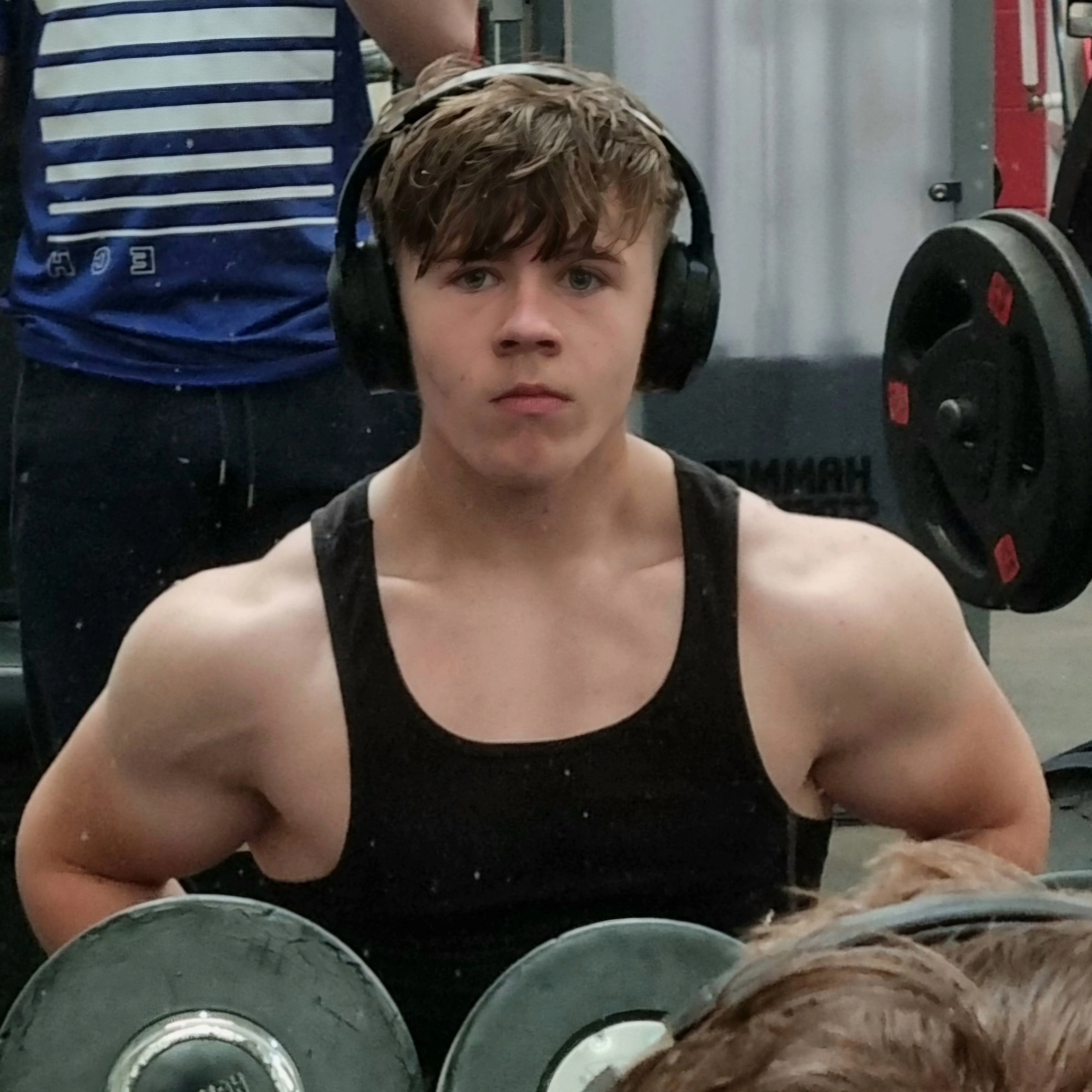Heart
Cards (33)
- What is the mnemonic for the deoxygenated blood pathway to the lungs?
- What is the pathway of deoxygenated blood to the lungs?
- What is the mnemonic for the oxygenated blood pathway from the lungs?
- What is the pathway of oxygenated blood from the lungs?
- What is the mnemonic for the systemic circulation pathway?
- What is the pathway of systemic circulation?
- What is double circulation?
- What is the pulmonary circulation loop?
- What is the systemic circulation loop?
- Why does the left ventricle have a thicker wall than the right?
- Which vessel brings oxygenated blood from the lungs to the heart?
- Which vessel carries deoxygenated blood to the lungs?
- Which vessel carries oxygenated blood from the heart to the body?
- Which vessel brings deoxygenated blood from the body to the heart?
- What are the functions and features of arteries?
- What are the functions and features of veins?
- What are the functions and features of capillaries?
- What is the function of the heart valves?
- What are the four chambers of the heart?
- Which side of the heart deals with deoxygenated blood?
- Which side of the heart deals with oxygenated blood?
- Which blood vessel connects capillaries to veins?
- What happens in body tissue capillaries?
- What happens in lung capillaries?
- Why are capillaries adapted for exchange?
- What causes blood to move through the heart?
- Why is the circulatory system called a "closed" system?
- Why does the heart rate increase during exercise?
- What is coronary heart disease (CHD)?
- How can coronary heart disease be treated?
- How is heart rate controlled?
- What are artificial pacemakers?
- What is the role of red blood cells in the circulatory system?
